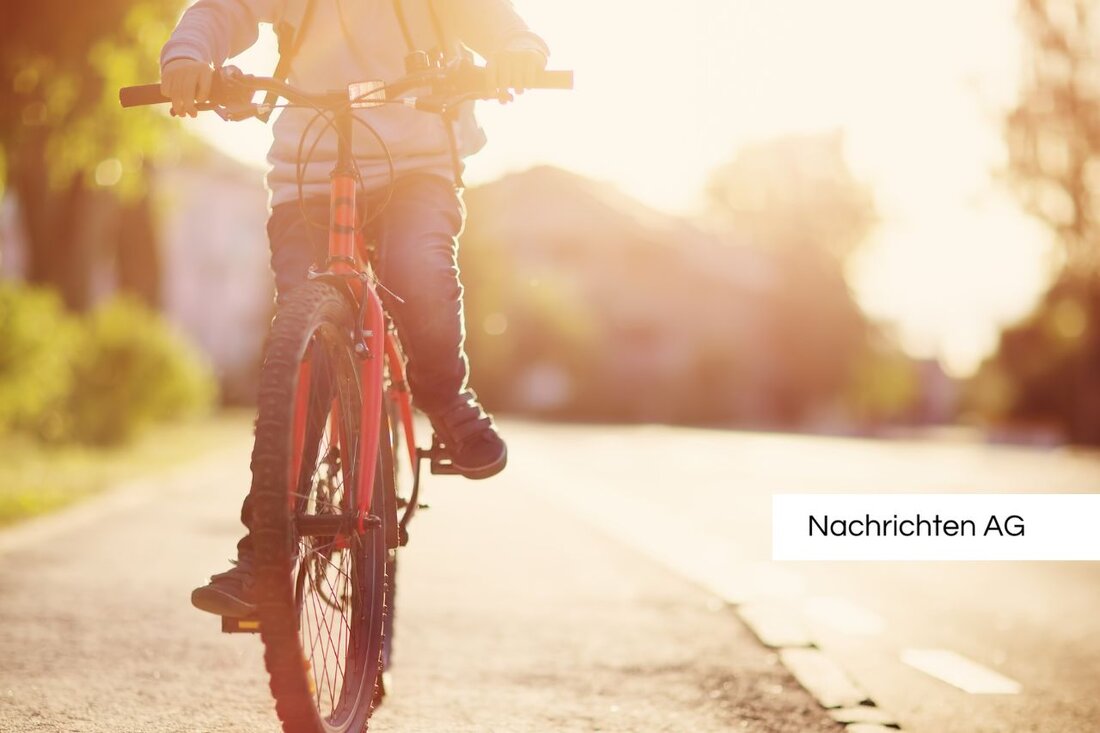Science at your fingertips: Mobile science snacks conquer markets!
The ScienceCenter network brings science to markets in Vienna and Lower Austria. From September 5th, inform and inspire with “Science Snacks”.

Science at your fingertips: Mobile science snacks conquer markets!
The ScienceCenter network brings new impetus to science communication by transforming vacant business premises that have existed for over ten years into “knowledge spaces”. These meeting places make it possible to communicate with different age groups about science and technology. The next step of the network is a mobile market stall that will be present at markets in Vienna and Lower Austria with a cargo bike. The kick-off will take place on Friday, September 5th, at the delicacy and weekly market in Wiener Neustadt, followed by further dates in September and October at the Brunnenmarkt and Meiselmarkt in Vienna, as Kleine Zeitung reports.
Project leader Balduin Landl emphasizes that the goal of this initiative is to bring science closer to people and break down barriers to encounter. Free bits of knowledge, the so-called “Science Snacks”, are available at the “Aha! Stand”. These snacks are designed to clearly show how science and research are integrated into everyday life. Topics such as the abilities of the nose and tongue, the carbon footprint of organic food and insights into the “plastic age” are covered here.
Interactive knowledge transfer
The concept of “Science Snacks” is part of a broader movement in science communication that brings scientific topics into the public sphere and promotes dialogue between researchers and citizens. Similar mobile formats, such as the science mobile, which uses various learning materials such as VR glasses and 3D printers, are also of great importance in this context, as Wissenschaftskommunikation.de shows. These formats are intended to promote exchange and help to communicate scientific topics in an understandable way.
There are also numerous other approaches to mobile science communication, including traveling exhibitions and interactive experiences such as the MobiLab, which serves as an exhibition site and space for events. The aim of these initiatives is to present science in a way that is accessible and engaging to a wide audience.
A look into the future of science communication
The “Science Snacks” offered at the “Aha! Stand” will also be published post-project in a digital publication in order to be available as a resource to other organizations. This measure shows how important it is to promote knowledge transfer and shape communication between science and society, as highlighted on the NaWik platform.
With a clear focus on dialogue-oriented and hands-on activities, the ScienceCenter network aims to provide a better understanding of how science and research works. These initiatives are not only informative, but also help to stimulate and maintain public interest in scientific topics.

 Suche
Suche
 Mein Konto
Mein Konto
